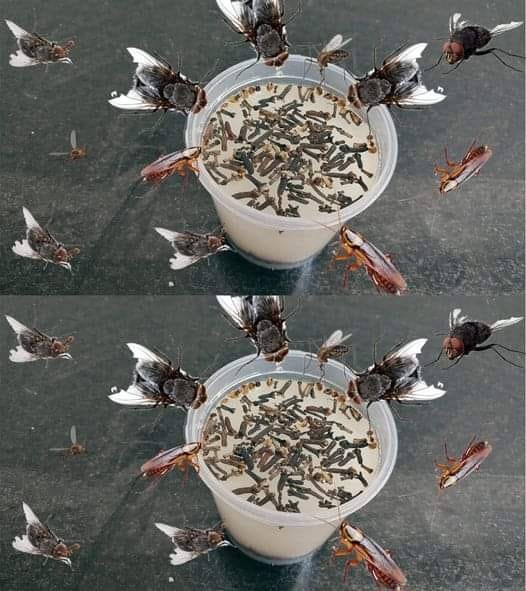Step-by-Step Guide to Creating Long-Lasting Food Sources
There are several methods to ensure food longevity. Below is a step-by-step guide on the most effective techniques:
Method 1: Dehydration (Drying Food)
Drying food removes moisture, preventing bacteria and mold growth.
Steps to Dehydrate Food:
• Choose the Right Foods – Fruits, vegetables, meats, and herbs work best for dehydration.
• Clean and Slice – Wash the food thoroughly and cut it into thin, uniform pieces.
• Use a Dehydrator or Oven –
• If using a dehydrator, set it to the appropriate temperature (typically 125°F-140°F).
• If using an oven, set it to the lowest temperature and leave the door slightly open for airflow.
• Check for Dryness – Food should be brittle or leathery with no moisture inside.
• Store in Airtight Containers – Use vacuum-sealed bags or jars to prevent moisture reabsorption.
Method 2: Canning (Preserving in Jars)
Canning preserves food by sealing it in airtight containers to prevent spoilage.
Steps to Can Food:
• Sterilize Jars – Boil glass jars and lids for 10 minutes to kill bacteria.
• Prepare the Food –
• For fruits and vegetables: blanch in boiling water.
• For meats: cook before canning.
• Fill the Jars – Leave about 1/2 inch of space at the top.
• Seal and Process –
• Water bath canning (for acidic foods like tomatoes)
• Pressure canning (for low-acid foods like meats and vegetables)
• Cool and Store – Let jars cool, check seals, and store in a cool, dark place.
Method 3: Freezing
Freezing locks in nutrients and flavor, preserving food for months or even years.
Steps to Freeze Food Properly:
• Select High-Quality Food – Ensure food is fresh before freezing.
• Pre-Treat Some Foods –
• Blanch vegetables in boiling water for a few minutes.
•Marinate meats to enhance flavor before freezing.
• Use Proper Packaging – Vacuum-sealed bags or airtight containers prevent freezer burn.
• Label and Organize – Include dates to track freshness.
• Maintain Consistent Temperature – Keep the freezer at 0°F (-18°C) or lower.
Method 4: Fermentation (Natural Preservation)
Fermenting food promotes the growth of beneficial bacteria, enhancing flavor and shelf life.
Steps to Ferment Food:
• Select Suitable Foods – Cabbage (for sauerkraut), cucumbers (for pickles), and dairy (for yogurt) work well.
• Prepare a Brine – Dissolve salt in water to create a fermentation liquid.
• Submerge the Food – Place food in a clean jar and cover it completely with the brine.
• Allow Fermentation – Let the jar sit at room temperature for several days to weeks.
• Store in a Cool Place – Refrigeration slows fermentation and maintains quality.
Method 5: Vacuum Sealing
Vacuum sealing removes oxygen, extending the shelf life of dry and frozen foods.
Steps to Vacuum Seal Food:
• Choose Appropriate Foods – Dry foods (grains, beans), meats, and even fresh vegetables work well.
• Use a Vacuum Sealer – Place food in a vacuum bag and use the sealer to remove air.
• Label and Store – Keep vacuum-sealed food in a cool, dark place or freezer.
Best Foods for Long-Term Storage
Final Tips for Storing Long-Lasting Food
• Use Proper Storage Conditions – Store food in a cool, dark, and dry place to maximize shelf life.
• Rotate Your Stock – Use the “first in, first out” (FIFO) method to consume older food first.
• Monitor for Spoilage – Regularly check for mold, odors, or color changes.
• Invest in Quality Packaging – Oxygen absorbers, Mylar bags, and glass jars help extend food longevity.
Conclusion
As the world continues to change, securing a reliable food supply is more important than ever. By using methods like dehydration, canning, freezing, fermentation, and vacuum sealing, individuals and communities can ensure a stable and long-lasting food source. Whether preparing for emergencies or embracing a more sustainable lifestyle, mastering food preservation techniques is a crucial skill that guarantees food security for years to come.
Would you like to start preserving your own food today? Begin with simple dehydration or canning and gradually build your stockpile for a resilient and sustainable future!






